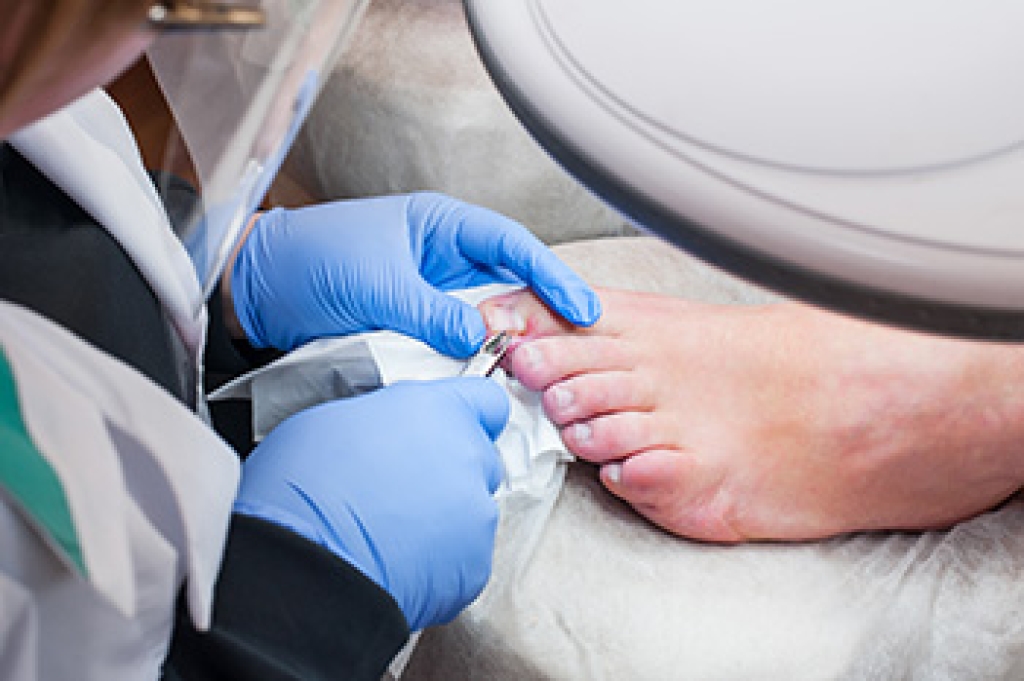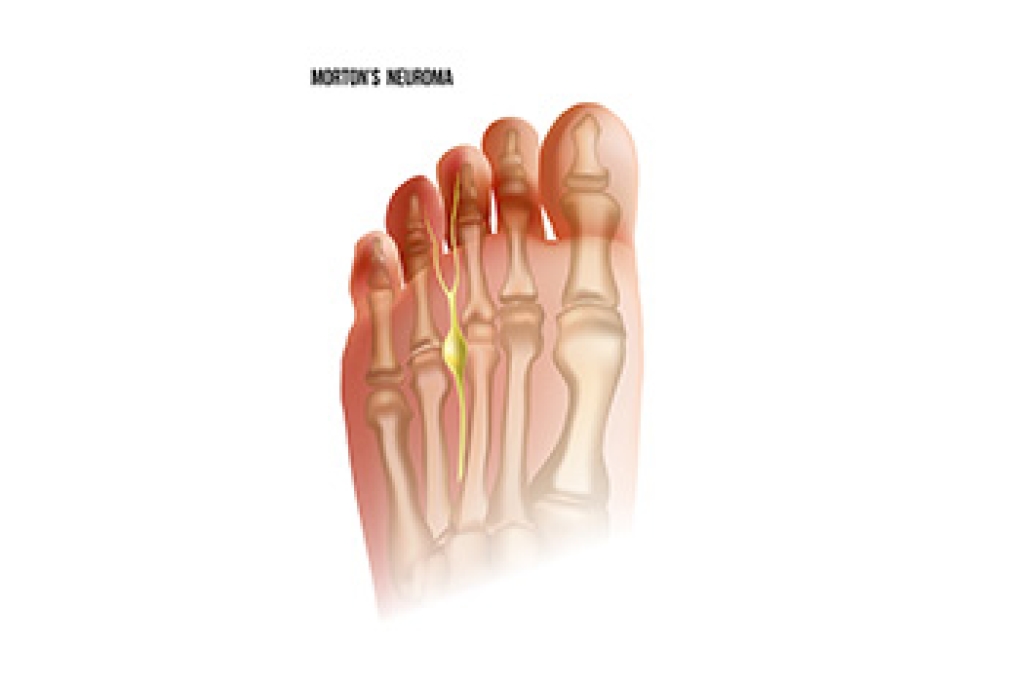
Foot drop causes difficulty lifting the front of the foot, making walking awkward and increasing the risk of stumbling or dragging the toes. Many people adjust to foot drop by raising the knee higher with each step, leading to an unsteady gait that is more like marching. Foot drop results from weakness or paralysis of the muscles that control foot motion and may occur when nerves in the lower spine, sciatic area, or common fibular nerve, become damaged. Foot drop can be linked to a range of issues, including spinal disorders, nerve compression, traumatic injuries, or inherited nerve diseases. Diagnosis typically involves a detailed exam of the foot and ankle, imaging, and nerve testing to identify the underlying cause. If the damage is severe or related to a structural problem, surgery such as nerve decompression, tendon transfer, or ankle fusion may be recommended. If you have problems lifting your feet as you walk, it is suggested that you schedule an appointment with a podiatrist for expert guidance.
If you have any concerns about your feet, contact one of our podiatrists from Palm Beach Foot & Ankle. Our doctors can provide the care you need to keep you pain-free and on your feet.
Biomechanics in Podiatry
Podiatric biomechanics is a particular sector of specialty podiatry with licensed practitioners who are trained to diagnose and treat conditions affecting the foot, ankle and lower leg. Biomechanics deals with the forces that act against the body, causing an interference with the biological structures. It focuses on the movement of the ankle, the foot and the forces that interact with them.
A History of Biomechanics
- Biomechanics dates back to the BC era in Egypt where evidence of professional foot care has been recorded.
- In 1974, biomechanics gained a higher profile from the studies of Merton Root, who claimed that by changing or controlling the forces between the ankle and the foot, corrections or conditions could be implemented to gain strength and coordination in the area.
Modern technological improvements are based on past theories and therapeutic processes that provide a better understanding of podiatric concepts for biomechanics. Computers can provide accurate information about the forces and patterns of the feet and lower legs.
Understanding biomechanics of the feet can help improve and eliminate pain, stopping further stress to the foot.
If you have any questions please feel free to contact our offices located in Boynton Beach, Palm Beach Gardens, and West Palm Beach, FL . We offer the newest diagnostic and treatment technologies for all your foot and ankle needs.




